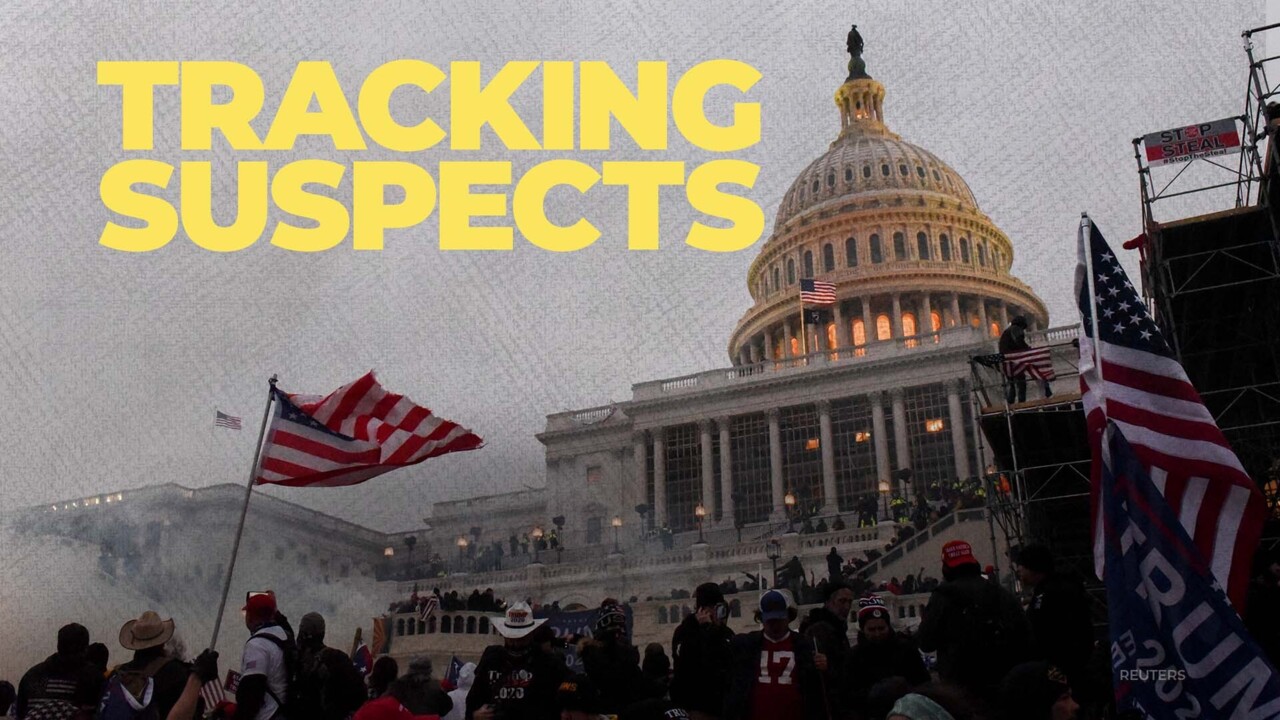
Court documents reveal January 6th riot investigators are using Google tracking data from suspects phones, as evidence to prove they breached the US Capitol.
Investigators got the location data for more than 5,700 phones that were in or around the Capitol thay day, including phones in airplane mode. According to a report from Wired, the FBI gave extra attention to those who tried to delete their data. Using what’s called a geofence warrant, they ultimately received account information for 1,500 devices that were determined to be inside the Capitol. A geofence warrant is a type of reverse warrant where investigators seek to learn about everyone in a certain perimeter during a certain period of time. In this case, a four acre section of the US Capitol complex.
As an example, this criminal complaint against David Charles Rhine shows investigators used a search warrant to get data from Google that showed he was in or around the Capitol from 2:24 to 4:47pm on January 6th. Google determines the device’s location by using GPS data, Wifi networks and bluetooth beacons. Google says the information is accurate within 10 meters.
Rhine’s lawyers argued – using the data is overly broad and is a violation of his fourth amendment rights. They also said the location history data is only meant to help google with advertising, and is 68% accurate. The defense wrote: According to Google, the margin of error means if the government uses Location History data for purposes for which it was not designated, it creates the risk of indicating that some users were in that vicinity, when in fact they were not. There are however pictures of Rhine inside the Capitol.






